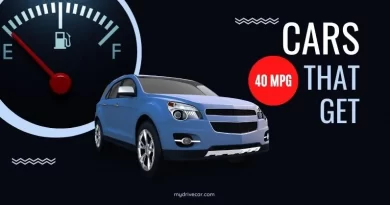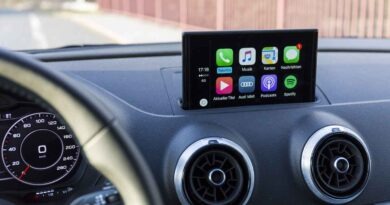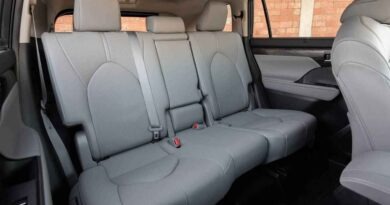Commonly Asked Questions About Windshield Wipers
Last updated on July 19th, 2024 at 02:40 am
The windshield wipers installed on your vehicle can help maintain your visibility while driving in the rain or snow. They are installed on every type of make and model in the auto industry and should be maintained well to last longer.
If you want to learn more about windshield wipers to ensure you get plenty of use out of them, there are a few important answers to common questions.
How often should windshield wipers be replaced?
If you’re wondering, “how often should I replace my windshield wipers?” The answer is they should be replaced every 6 to 12 months to ensure you continue to see the road clearly while sitting in the driver’s seat.
The lifespan of the windshield wipers depends on the climate and how often you spend time driving the vehicle throughout the year. Parking the car in a garage or outside can also affect the materials and influence how long they last.
How to make the windshield wipers last longer?
You can make your windshield wipers last longer by parking your car in a garage or in a covered parking spot to prevent the sun from wearing down the materials. Using a car cover is also effective and can offer protection in different seasons.
When it snows, lift the windshield wipers up to prevent the weight of the snow from placing pressure on the blades. You can also use washer fluid to clean the parts on the blades, which can prevent premature wear and tear from developing throughout the year.
What are the signs for new windshield wipers?
It’s important to replace your windshield wipers when they start to cause streaks to form on your windshield when they’re in use. Inspect the rubber materials to determine if they’ve separated from the blades, which indicates they’re falling apart and are no longer reliable. You will be able to hear scraping sounds as the blades wipe the glass, which can lead to damage.
Some people also change the blades when the seasons change, especially when the fall or winter season approaches to avoid taking any chances. This will allow you to have reliable blades that will not fall apart when driving through a storm.
Are there different types of windshield wiper blades on the market?
Many types of windshield wiper blades are available on the market to accommodate different types of makes and models. According to cnet.com, traditional wipers are the most common and consist of a metal frame that is connected to a rubber blade. Beam wipers feature a hingeless rubber strip that is connected to a traditional metal frame. Pressure is evenly applied to the glass for better performance. Beam wiper blades are also known to have a modern and sleek appearance.
Hybrid windshield wipers are also an option with a discrete hinge that isn’t visible. They have elements from both the beam and traditional wipers.
What is the best way to replace the windshield wipers?
You can replace your windshield wipers without the help of a professional by raising the metal frame away from the glass to ensure it’s perpendicular to the windshield. Unhook the old windshield wipers before sliding the new blade directly onto the arm. Gently place the windshield wiper back onto the glass. Repeat the process with the second wiper blade. Turn the windshield wipers on and test them to ensure they work correctly.
How do intermittent windshield wipers work?
Newer models of cars available in the auto industry often come standard with intermittent windshield wipers, which are advanced and operate on timed intervals instead of in a constant motion. This offers convenience when you’re driving in rain that isn’t too heavy. Many different models are available, which are made to operate with a knob or a control knob.
Windshield wipers can help you stay safer on the road in inclement weather conditions and make it easier to keep your windshield clean throughout the year. Understanding how to select the right windshield wipers for your vehicle and install them can make it easier to maintain your car and reduce the risk of collisions.




